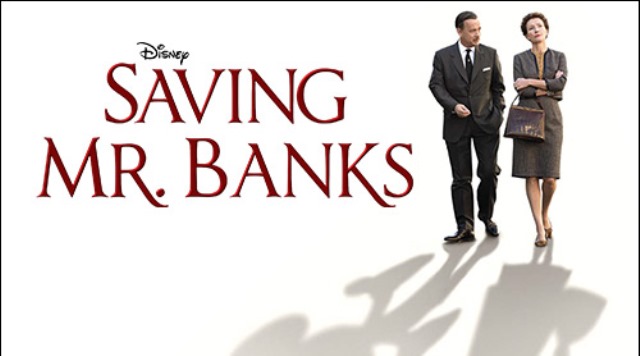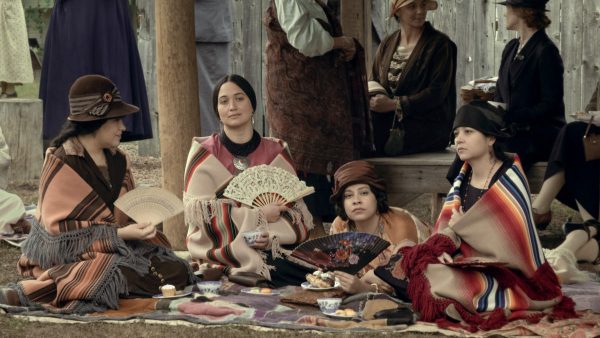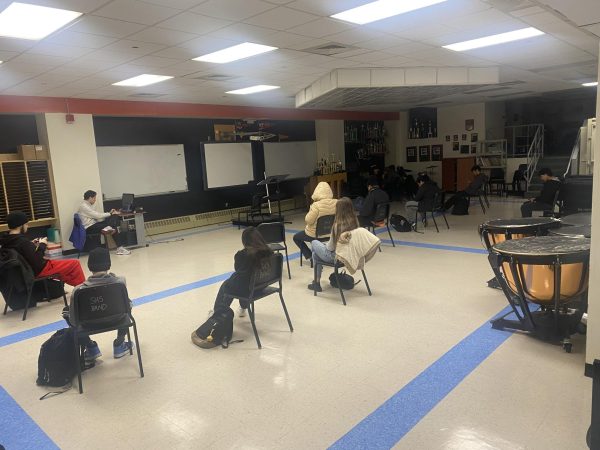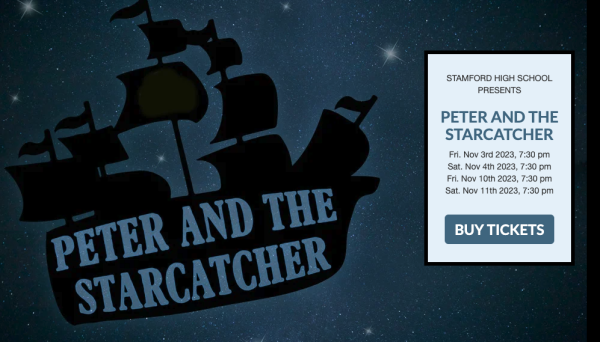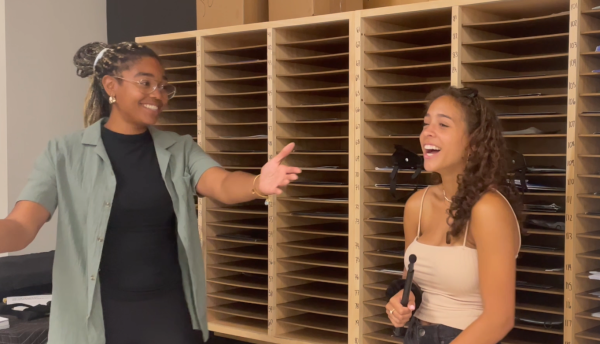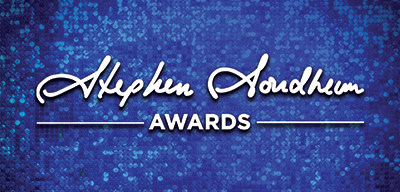Saving Mr. Banks: The story behind Mary Poppins
February 10, 2014
Let me take a moment here to quickly dispel any “priori misconceptions,” if you think that Disney’s Saving Mr. Banks is going to be lighthearted and frivolous film, as so many Disney movies are, you are in for a rude awakening.
Writers Kelly Marcel and Sue Smith take a clever tact in exposition about the Author of Marry Poppins, P.L. Travers and Walt Disney’s impassioned, relentless attempts to get the rights to make it into a movie for fear of Hollywood ruining the image of Mary Poppins. The motion picture opens with a voice over from Travers Goff (Colin Farrell) “Winds in the East, Mist coming in. Like something is brewing, about to begin. Can’t put me finger on what lies in store. But I feel like what’s to happen all happened before.” This is the same overture delivered by the chimney sweep in the Disney musical Marry Poppins played by Dick Van Dyke. We are then introduced to the first element of character development between the main character Helen Goff (P.L. Travers is her pen name) and her adoring father. The movie employs numerous flashbacks in which we travel from current day (in the movie 1966) back to her childhood in 1906. Her family takes a train and moves to Allora the end of the Australia Gold Coast Railway line. It’s a rundown city. Their house is a small shack on barren land, an obvious downsizing from their former home. Ginty’s (affectionate nickname given to Helen by her father) delicate mother is visibly distraught by their newfound, bleak state of affairs. But despite all of this, her father maintains an optimistic positive attitude in an effort to preserve his beloved daughter’s innocence, creativity, and childhood.
Back to present day, Ms. P.L. Travers is speaking with her agent about how sales of her book have come to a halt and funds were drying up. Low on money, she reluctantly flies to Hollywood to spend two weeks collaborating on turning her books into a movie. Walt Disney (Tom Hanks) informs Ms. Travers that he promised his daughters he would make her books (which they absolutely adored) into a movie. When he finds that even after agreeing to come to Hollywood after 20 years of pleading by Disney for the rights that she would be intentionally obtuse by dragging her feet, he suddenly realizes this feat would be much more difficult than he anticipated.
We flashback again to Allora, Australia 1906 to learn more about Helen’s childhood. Her father, still protecting her from the real world helps her to escape it by conjuring up characters and plots of fantasy; with noble steeds, princesses, witches, a full-fledged fairytale. This, however, grows increasingly stressful as he struggles to remain happy. He turns to drinking. As time wears on, he cannot stop himself from drinking an effort to dull life’s pains. In a later scene we see her father cough up blood in a handkerchief, before he is to deliver an important speech on behalf of the bank. Nervous and scared, he reads over his speech just as a tent with a bar catches his eye. He goes in and begins drinking heavily. Up on the stage he is apparently intoxicated, and references his darling daughter but cannot recall her age. As he tries to leave the stage, distraught, he falls and injures himself. He is left bedridden where he eventually dies of the complications they alluded to with the bloodies handkerchief.
He has Ms. Travers work with Don DaGradi (Bradley Whitford) screenwriter and the talented Sherman Brothers, who are writing the film’s songs (B.J. Novak and Jason Schwartzman). They attempt to win her over with storyboards, character drawings, and lively tunes. When she refused to budge, Walt himself takes her on a tour of Disney Land and tries to win her over but accidently strikes a nerve which leads to her leaving early, the documents giving Disney the rights still unsigned. Only after reflecting in the trials and tribulations of his own past did Disney realize why it was he could get Ms. Travers to give him her beloved Mary Poppins. He says in conversation to one of the Sherman brothers “I’ve fought this battle from her side. Pat Powers, he wanted the mouse and I didn’t have a bean back then. He was this big terrifying New York producer and I was just a kid from Missouri with a sketch of Mickey, but it would’ve killed me to give him up. Honest to God, killed me. That mouse, he’s family.” So Disney purchases ticket on the very next flight to England to try to persuade Ms. Travers to trust him with Mary Poppins, a character whose inspiration was drawn from her darling father, and strong, saving aunt. She agrees and attends the film premiere in Hollywood where she is brought to tears as the ghosts of her past can no longer haunt her. The movie is played out by the same overture to which it opens.
Ultimately, I give the film a “two thumbs up” and recommend that anyone in search of a heartfelt, emotionally stirring, off the beaten-path Disney movie defined by a great cast and terrific acting to run to their nearest theatre for a fresh take and unique tact on the telling of the story of Marry Poppins.



